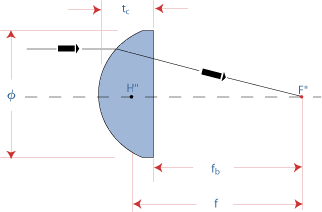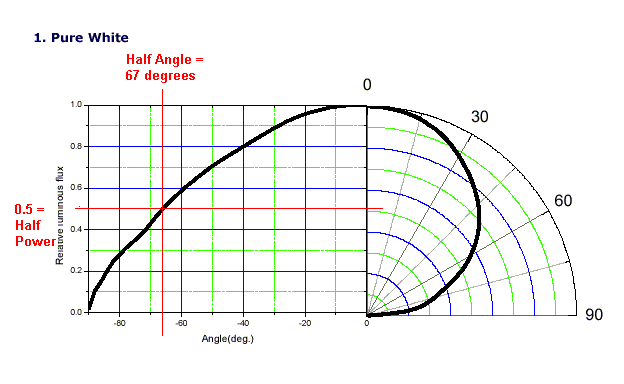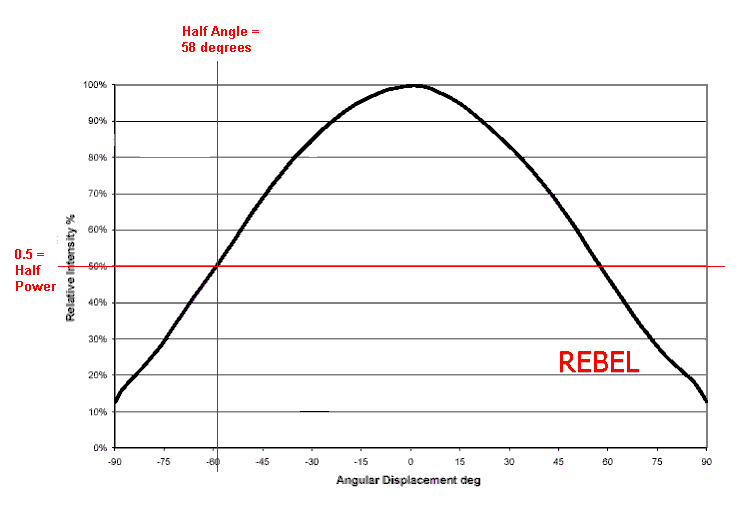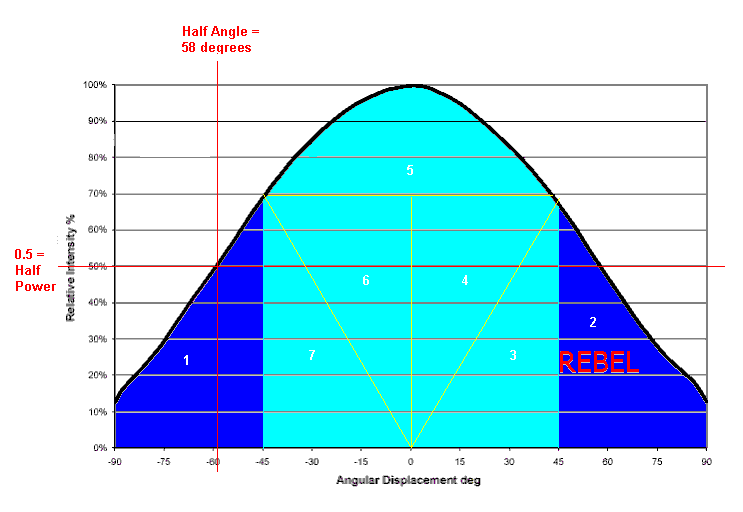Ilikeshinythings
Enlightened
Where can I find an aspheric shaped lens for my Ultrafire R1 flashlight? Where do people buy aspheric lenses anyways? I have run a search and I can't seem to find anywhere that sells them.
Dan K
Dan K
 Help Support Candle Power Flashlight Forum
Help Support Candle Power Flashlight Forum
1. The smaller the lens, the bigger the spot.
2. The radiation pattern of the Rebel Led in the R1 is inappropriate for an
aspherical setup, you will be disappointed …
tl
great just got some for this light.damn.:green:1. The smaller the lens, the bigger the spot.
2. The radiation pattern of the Rebel Led in the R1 is inappropriate for an
aspherical setup, you will be disappointed …
tl
1. The smaller the lens, the bigger the spot.
2. The radiation pattern of the Rebel Led in the R1 is inappropriate for an
aspherical setup, you will be disappointed …
tl
... 1. Until you get to the diffraction limit (and these Aspherical lenses don't even come close by many orders of magnitude), the spot size is determined by the FOCAL LENGTH, not the lens diameter. …
... Do you know something that I don't about the R1? The reason I ask is because the stock rebel uses a Lambertian pattern which will work FINE with low F-Ratio aspherical lenses Does the R1 use a custom flat top wide angle Rebel or some other wierd variant? An F1.0 Aspherical lens (focal length same as diameter) should capture more than half the luminous flux from a Rebel and lower F-Ratio lenses can capture 2/3 or even 3/4 (this is much more than the reflector captures in most lights).. …
... The Rebel 100 will output so damn much light that the losses just won't matter and it has a nice square pattern ….
... With 50 mm diameter 35 mm focal length lens (F0.7) the actual empirical data, from folks that have actually built them, indicates that an Aspheric Maglight can easily provide useful illumination over 100-200 meters or more. …
So, I would recommend that if you want to build a really effective small aspheric light, start with a Mini-Mag which has adjustable focus.
... The Rebel LED is a great choice for these lights. …
Let me try it the other way.
If you have two aspheric lenses with the same F-Ratio - a big one and a small one - then the small one will project the bigger and less intense Spot!
Agreed?
With the R1 one only can use a small lens …
If I remember right the typical radiation pattern of the Rebel is 160°. An aspheric lens with F-Ratio 1 will capture a cone of light of about 50° - in my opinion this can't work!

It will not output more than an SSC P4 U-bin but it has a wider radiation pattern, so I can't believe that it will work - The SSC did not work well with aspheric lenses - trust me, I have tried it.
Yes - with a CREE - but NOT with a Lambertian Emitter.
With a Lambertian Emitter a well-built 50mm reflector will give a way better performance!
My opinion: I would recommend using a Cree, each Lambertian LED will be inefficient …



I don't think so ...
Relative Intensity in % @ +/- 30 deg. :


Another try ...
A lens with a back focal length of 0,7 collects a cone light of about 70 deg., 35 deg. on each side.

nice, i like color coding like that, picture i can understand
as far as the emitter Pattern, the cree indeed has tracks, but the NEW 100 rebel has Squares too, the old rebel (80) doesnt have the squares
of course defocusing a tiny bit and you dont see the emitter pattern, but as far as pattern goes, the new high efficiency stuff is using that pattern to GET to high efficiency, something to do with getting the light out PAST the phosphors, instead of bashing light that was headed out into them.
i have always thought that the "dome" that causes most of the light to hit the lens would be the best item for hitting a lens. defocused on WIDE, and the LED is much closer to the lens, and then most of the light gets out anyways.
using optics to get the light to the lens, has never worked, on the stuff that i tried, so your normal led optics that conform the light to a 5-25* beam, dont help nothing.